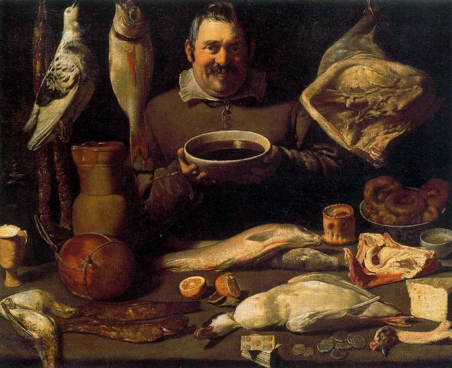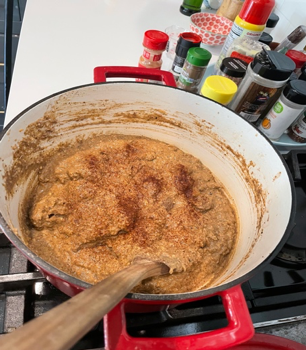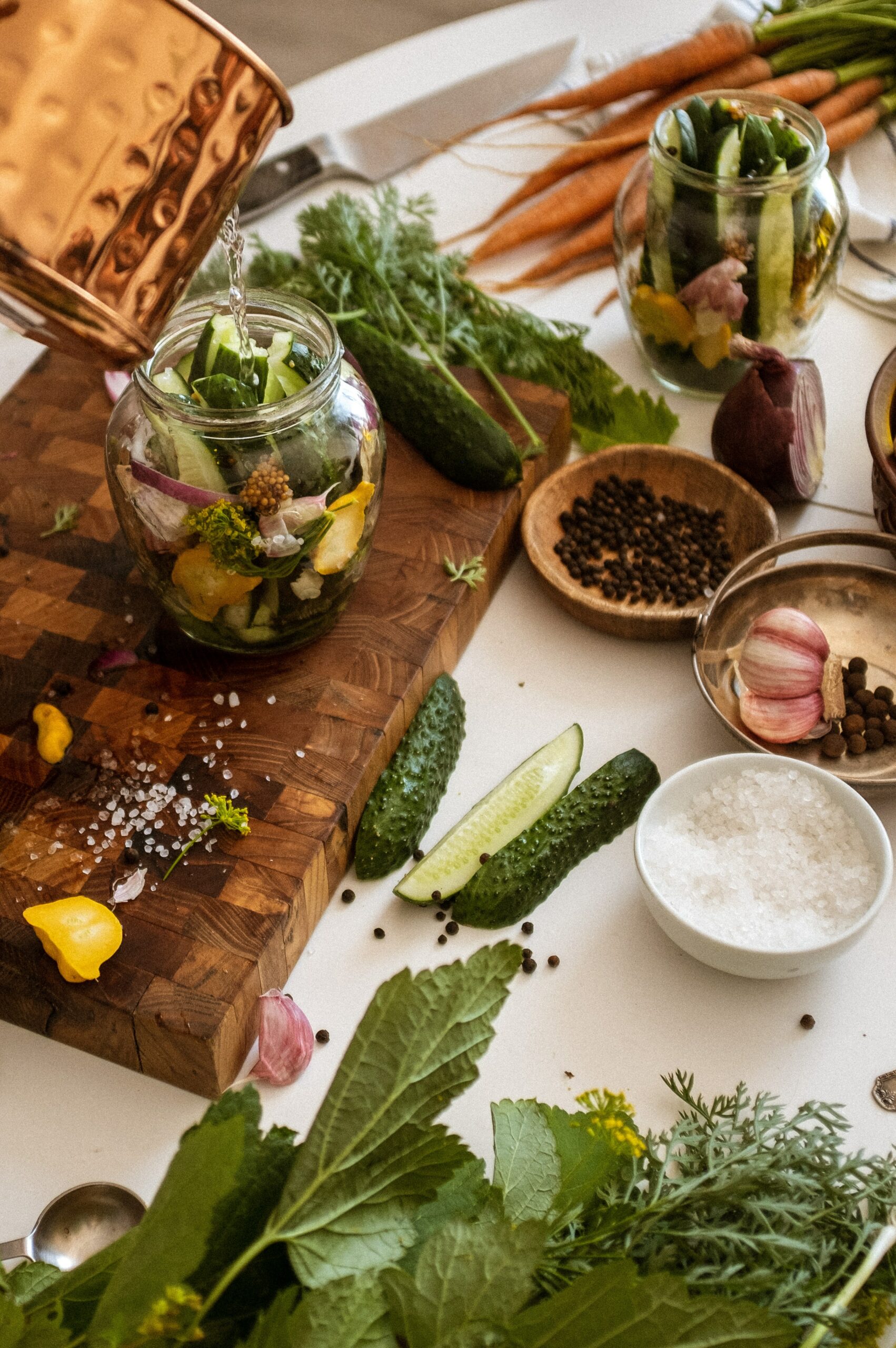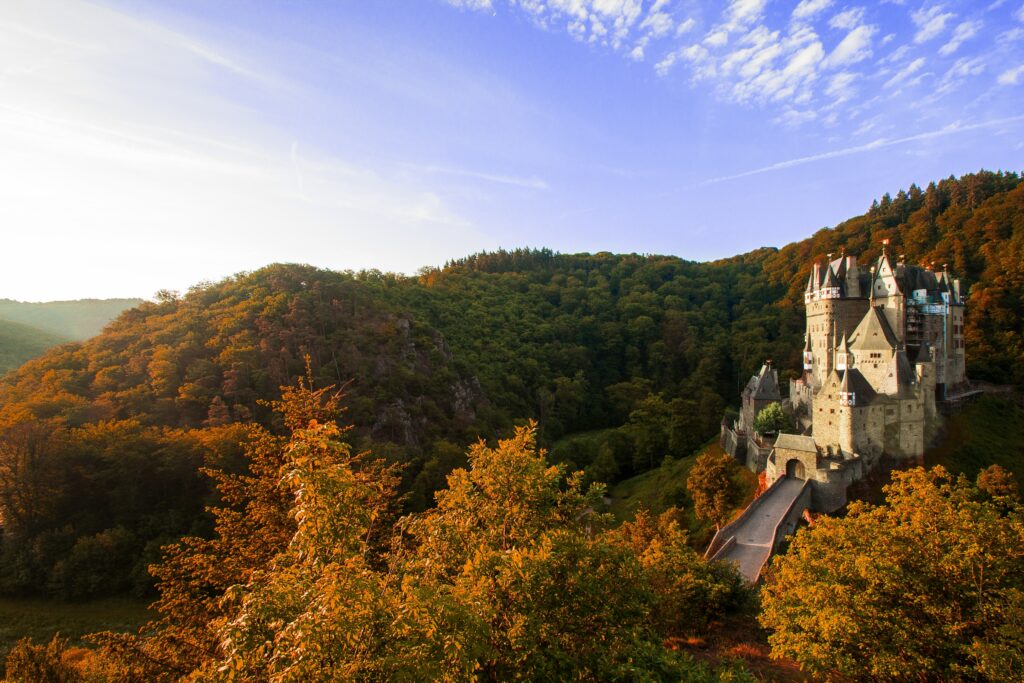Blog post by Ellie Cormack
In the midst of the incessant COVID-19 pandemic, I offer you a brief diversion to a wildly popular phenomenon on the internet today: food blogs! But this is no ordinary food blog about gourmet mac and cheese or my best chocolate chip cookie recipe. I want to transport you to the world of early-modern Spain, and demonstrate how analysis of a historical recipe can appeal to historians and food lovers alike.

Two of my greatest loves, food and history, were brought together when I took Dr. Kole de Peralta’s Food Studies in Historiography. One of our assignments directed us to examine and recreate a historical recipe. I was thrilled to see among the list of choices a dish from early-modern Spain, a region and period that has long captivated my personal historical interests. I couldn’t wait dig into the source and discover what it revealed about Iberian foodways and culture. Broadly speaking, historical cookery books and recipes offer much more than colorful anecdotes from the past. They are history, providing rich insights into the social, cultural, economic, and even medical practices of the past. But unlike most historical investigations, this assignment offered a tangible and sensory opportunity to experience elements of 16th century Spain. So without further ado, allow me to present Maester Ruperto de Nola and his popular cookbook, Libre del Coch.
Ruperto de Nola’s 1520 Libre del Coch was the first cookbook written and published in Catalan, in Catalonia, a region in northeastern Spain. It was an incredibly successful book, republished 4 times in Catalan and ten times in Spanish. The copy of the recipe I consulted was a translation and redaction of a 1529 Spanish version of the recipe by Robin Carroll-Mann and Senora Raefaella D’Allemtejo for the Society for Creative Anachronism.

De Nola described himself as the cook for Fernando, King of Naples (r. 1458-1494), signifying the intended social atmosphere of the dishes was for aristocrats or wealthy elites. The organization of the recipes also suggests that de Nola’s readership already had a high level of experience with cooking. In other words, de Nola assumed his readers knew how to cook beforehand. The recipes consisted only of small paragraphs detailing methods; no ingredient lists were included. When he did mention ingredients, they were presented with vague and often inexact measurements. For example, in the recipe I chose, Dobladura de Carnero, or Mutton Stew, de Nola stated to cut the meat into chunks the size of “two fingers.” The “dedo,” or finger, was a measurement in medieval Spain, its size somewhere between ½ and ¾ of an inch. A further interesting aspect was tracing the origins of certain ingredients, like the fine spice mix, which included saffron, cinnamon, gloves, ginger, and grains of paradise.
Dobladura de Carnero was a lavish dish of meat cooked with onions, fine spices, egg yolks, ground hazelnuts, topped with cinnamon and pomegranate seeds. Overall, I found the redacted method very easy and familiar; when referring to the original, I could see how modern methods were rooted in the past, such as initially browning meat with onions, then letting the meat stew in liquids, thickeners, and spices. While the taste of the dish was not as exciting as I had hoped, it was rich and savory from the egg yolks, and warming from the spices and nuts; it reminded me of a beefy, hazelnut stroganoff of sorts.

As it often happens with food, this experience encouraged a lively conversation, in which my family had an in-depth discussion about the taste and history of the meal. As we consumed the Dobladura, my six-year-old swore she could taste the egg yolks, and my husband inquired about how the Spanish accessed spices from the Middle East. I reveled in sharing my newly acquired knowledge with them. In conclusion, I encourage you interested in food history to take a break from the doldrums of work or research, and to taste a bit of the past for yourself.
Sources:
Sources:
https://www.florilegium.org/files/FOOD-MANUSCRIPTS/idxfood-manuscripts.html
http://www.fridayvalentine.com/rafaella/kingdom_AS/spanish_food.pdf
Ellie Cormack is a Masters student in the Global History MA program at ASU. She loves cooking, eating, and discussing foods from around the world.



